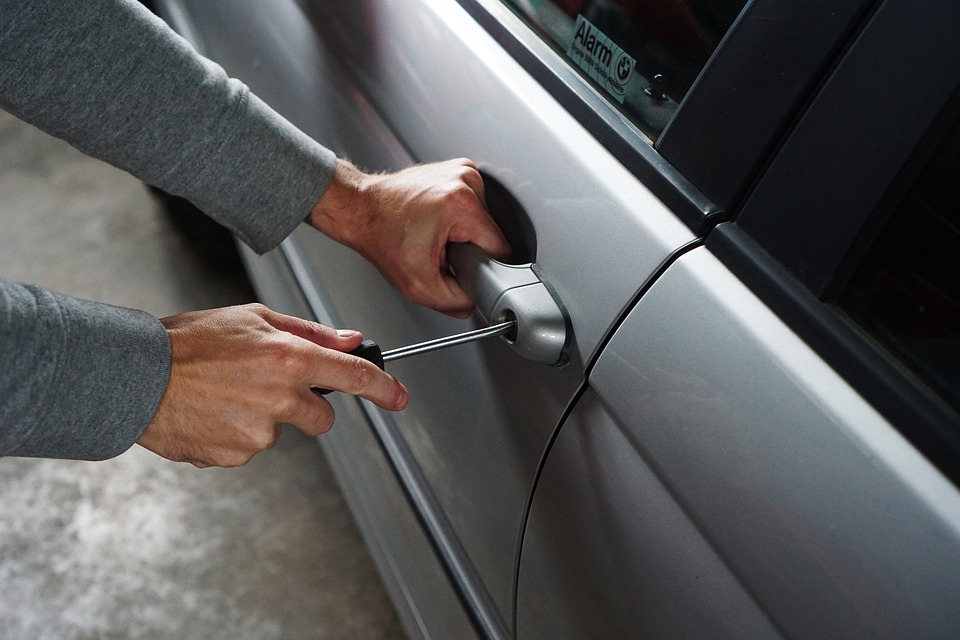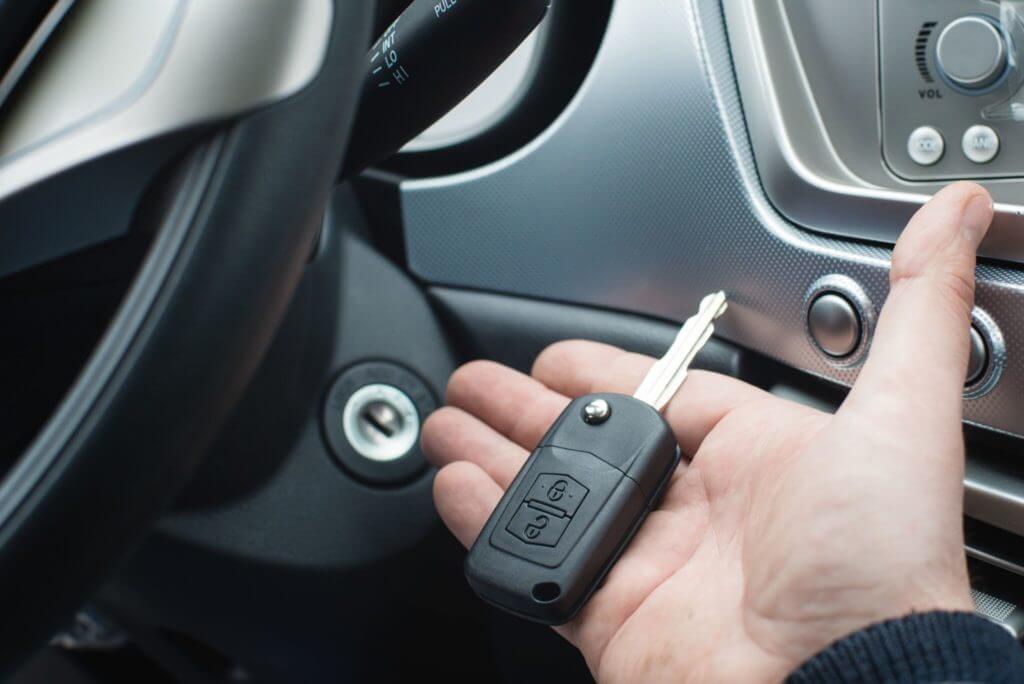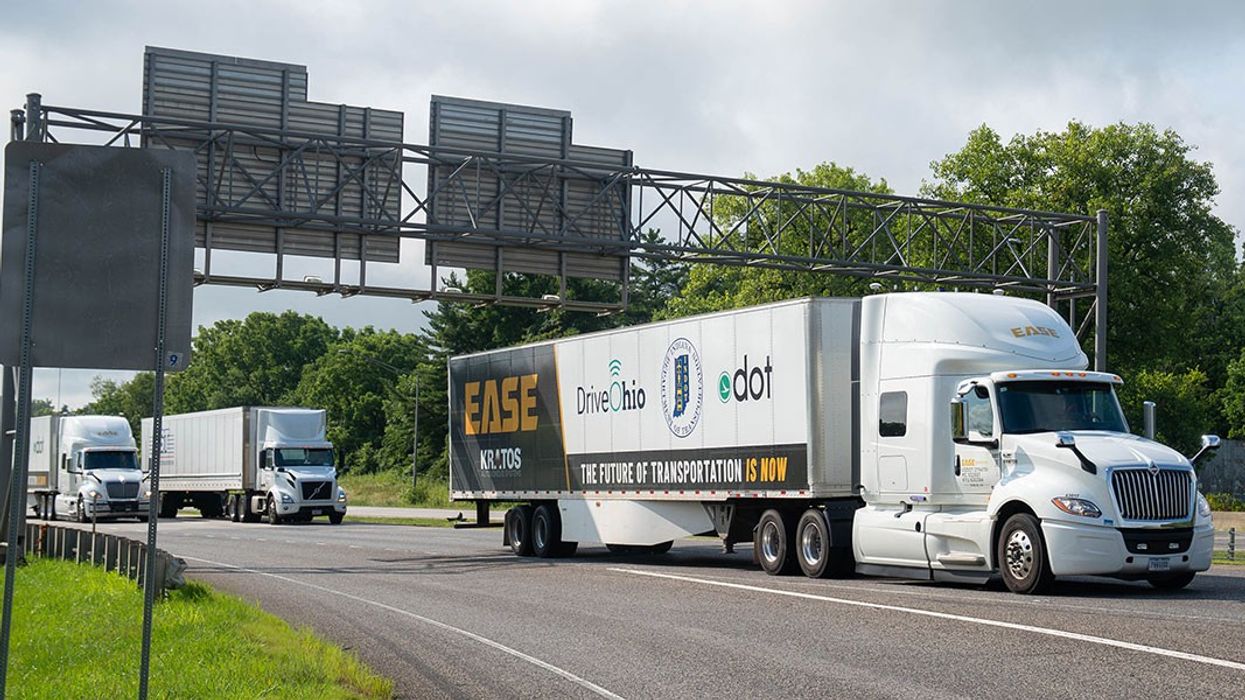The history of car locking systems is a fascinating journey that reflects the evolution of automotive technology and the ongoing quest for enhanced security. From the early days of automobiles to the sophisticated systems of today, car locks have undergone significant transformation. This article delves into this rich history, exploring key developments and innovations that have shaped car locking systems over the years.

Early Days of Car Locks
In the initial years of the automobile industry, cars were considered a luxury item, and security was not a primary concern. Vehicles were often left unlocked, as there was little risk of theft. The earliest car locks were rudimentary, often involving simple mechanical locks similar to those used in horse-drawn carriages.
The Advent of Ignition Locks
As cars became more common, the need for security grew. The introduction of ignition locks in the 1920s marked a significant step forward. These locks required a key to start the vehicle, adding a layer of security against theft.
Development of Door Locks
By the 1930s, manufacturers began to install door locks on vehicles. Initially, these were simple pin-tumbler locks that provided basic security. Over time, these locks became more sophisticated, incorporating new designs to prevent tampering.
Introduction of Central Locking Systems
The 1950s saw the introduction of central locking systems, which allowed drivers to lock all doors of a car simultaneously from a single point. This innovation was a major convenience feature that also enhanced security.
Electronic Locks and Remote Keyless Entry
The 1980s and 1990s were marked by the rise of electronic locks and remote keyless entry systems. These systems used electronic signals to lock and unlock car doors, adding a new level of convenience and security. The use of automatic door locking became widespread during this era.
Transponder Keys and Enhanced Security
In the late 1990s, transponder keys were introduced. These keys contain a microchip that communicates with the car’s ignition system, preventing the engine from starting unless the correct key is used. This development significantly reduced car theft rates.
Smart Locks and Biometric Systems
Today, car locking systems have advanced to include smart locks and biometric systems. These technologies use fingerprint recognition and smartphone apps to control vehicle access, offering unprecedented levels of security.
The Role of Technology in Car Security
Technology continues to play a crucial role in the evolution of car locking systems. Modern vehicles are equipped with advanced features like GPS tracking, alarm systems, and even facial recognition. These technologies not only deter theft but also provide valuable data for recovery in the event of a theft.
Challenges and Future Developments
Despite advancements, car security systems face challenges such as hacking and electronic interference. Manufacturers are continually developing new technologies to counter these threats. Future developments may include more robust encryption methods and even more sophisticated biometric systems.
Impact of Car Locking Systems on Insurance
The evolution of car locking systems has also influenced car insurance. Vehicles with advanced security features often qualify for lower insurance premiums. To learn more about how car insurance can assist with lockout services, check out this informative guide.
Importance of Regular Maintenance
Regular maintenance of car locking systems is crucial for ensuring their effectiveness. Simple actions like cleaning locks and replacing batteries in key fobs can prevent malfunctions and extend the lifespan of these systems.
DIY Solutions for Lockouts
Lockouts are a common issue faced by many car owners. While advanced locking systems have reduced the frequency of such incidents, they still occur. For tips on creating a lockout emergency kit, visit this helpful resource.
External Assistance and Lockout Services
Professional lockout services can be invaluable in situations where DIY solutions fail. Organizations like AAA offer support for car lockouts, providing peace of mind to drivers. Learn more about how AAA can assist with car lockouts.
Interesting Facts About Car Locks
Did you know that the first remote keyless entry system was introduced by Renault in 1982? Or that modern smart locks can integrate with home automation systems? These and other fascinating facts highlight the dynamic nature of car locking systems.
Conclusion
The history of car locking systems is a testament to the ingenuity and adaptability of the automotive industry. As technology continues to advance, car locks will undoubtedly evolve further, offering even greater security and convenience to drivers worldwide.

FAQs
Q1: What was the first car locking system?
A1: The first car locking systems were simple mechanical locks similar to those used in horse-drawn carriages.
Q2: How have electronic locks improved car security?
A2: Electronic locks use signals to lock and unlock doors, reducing the risk of theft and improving convenience.
Q3: What are smart locks?
A3: Smart locks are advanced systems that use technology like fingerprint recognition and smartphone apps for vehicle access.
This article contains affiliate links. We may earn a commission at no extra cost to you.






